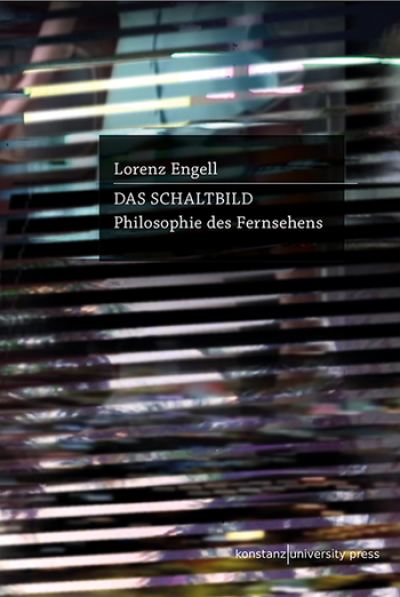
Das Schaltbild. Philosophie des Fernsehens
Es gibt eine Philosophie des Films und auch der Fotografie, aber bisher keine des Fernsehens, obwohl es sich dabei fraglos um das wichtigste und bis heute wirkmächtigste Bildregime der Gegenwart handelt. Lorenz Engell unterzieht es nun einer zugleich technikphilosophischen, ontologischen, ästhetischen und anthropologischen Lektüre. Die Entstehung und die Struktur auch der aktuellsten Bildwelten erscheint vor diesem Hintergrund in einem neuen Licht.
Das Schaltbild betrachtet das Fernsehen als das, was auf dem Bildschirm und jenseits davon geschieht und damit vor allem als Operation des Schaltens von Bild zu Bild. Es schlägt so eine neue Definition des Fernsehens als das erste Bild vor, das seine Begrenzung nicht dadurch erfährt, dass es gerahmt ist oder einen Anfang und ein Ende hat, sondern indem es ein-, aus- und umgeschaltet werden kann. Gerade durch die Operation des Schaltens gestaltet das Fernsehen die Welt von innen heraus und als Verlauf eben dieser Gestaltung.
Im Laufe seiner Geschichte steigert das Fernsehen die Produktion und Zirkulation von Bildern exponentiell. Es transformiert die Welt und sich selbst von einem analogen in einen digitalen Zustand und von einem zentralen Perspektivismus in eine Pluriperspektive. Das Fernsehen macht nun seine eigene Geschichte. Im Raum schafft es eine Mediasphäre als seinen Lebensraum und damit neue Formen des In-der-Welt-Seins, der Nähe und Distanz und der Skalierung. Das Fernsehen arbeitet daran, was ein Subjekt und ein Objekt ist, was den Menschen ausmacht, und letztlich auch daran, wie es möglich ist, dass es überhaupt etwas gibt und nicht nichts. Das Schaltbild entwirft eine Philosophie des Fernsehens, die grundlegende Fragen zwischen Ontologie und Anthropologie aufwirft.

































































































